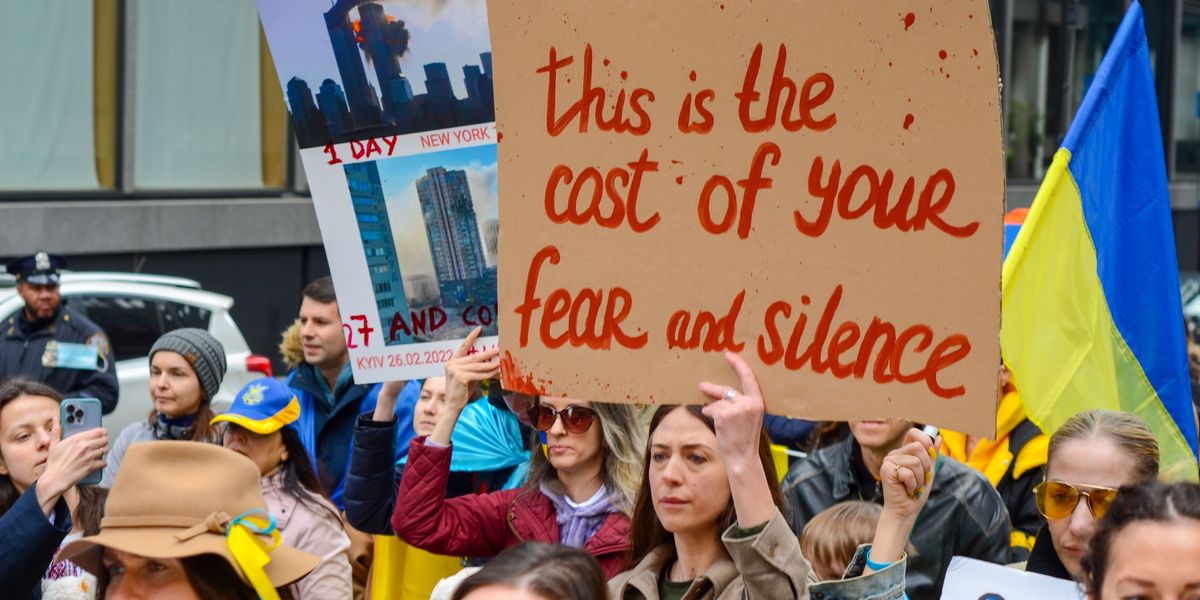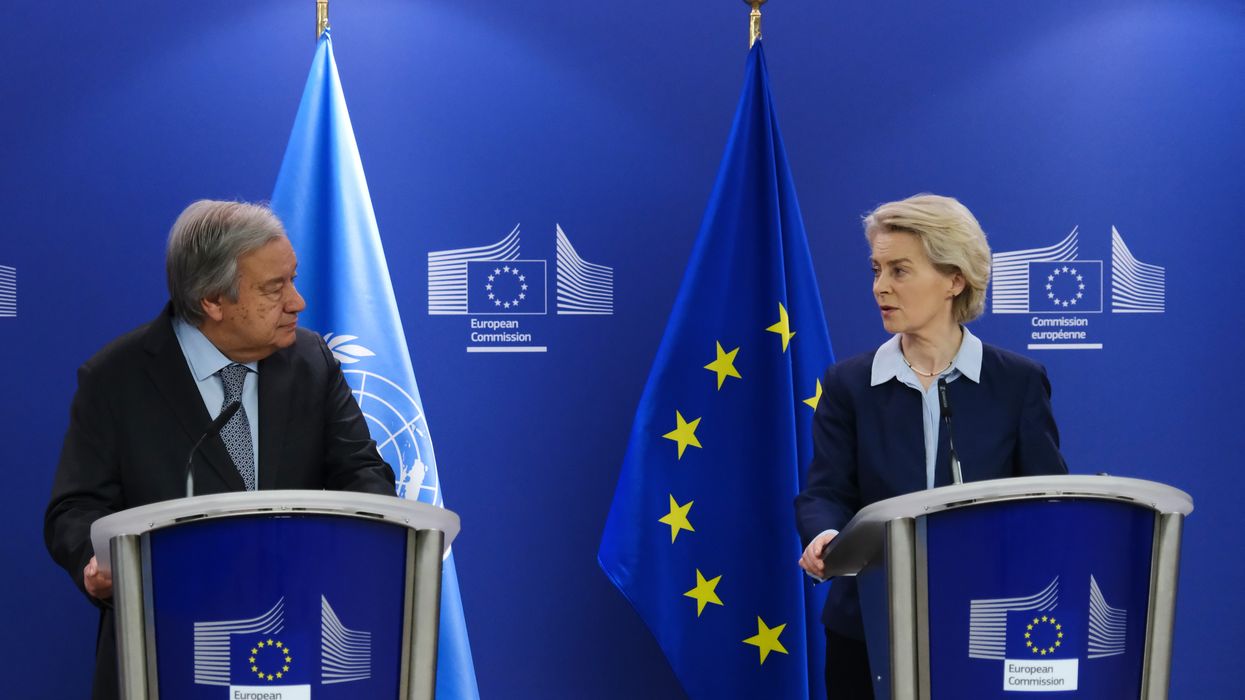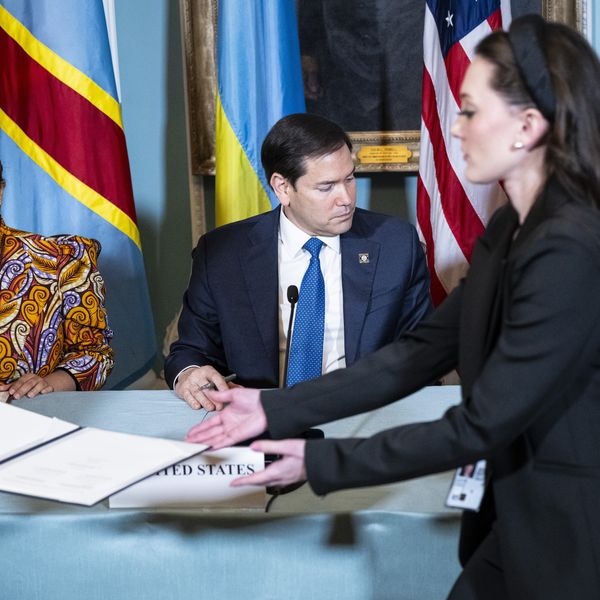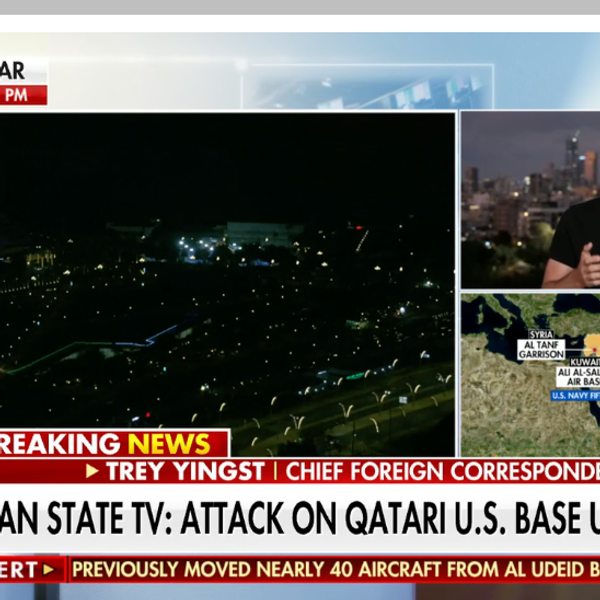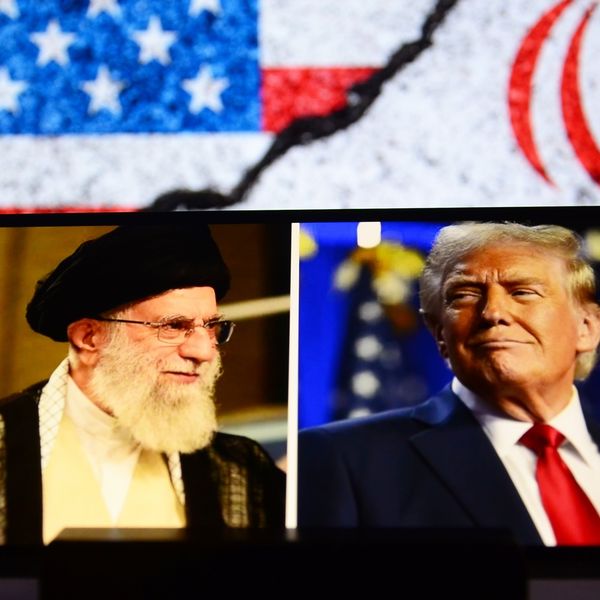Where are the Ukraine partisans? After nearly two years of intense emotional investment in fueling the war aims of Kyiv, activists have seemingly fled to other battlestations in the Middle East — and at precisely the moment when the military effort needs public pressure most.
In other words, pro-Ukrainian activists — and the U.S. government — pumped up expectations for a military solution, only to leave their benefactors high and dry when the war started taking a turn for the worse and the conflict in Gaza started demanding more and more attention.
For the past five months, more than $60 billion of military and economic aid to Ukraine has been held up in Congress, with Ukrainian leadership and frontline troops as well as U.S. officials and analysts all warning the country’s war effort will face a serious setback, if not outright defeat, without it. The aid has been stuck for a number of reasons, not least of which is growing GOP opposition to further assistance for the war.
Meanwhile, President Joe Biden has warned that Russian President Vladimir Putin “is banking on the United States failing to deliver for Ukraine,” with the White House previously insisting that a drop in aid would “kneecap” the country’s battlefield chances.
Last week, after months of wrangling, the funding suffered yet another setback when the Senate GOP voted down a border security deal that had been included in the package at Republicans’ request to win their support. And while the rest of the package may be voted on in a stand-alone bill, it’s unclear whether that will have any better luck — raising the very real possibility that U.S. aid to Ukraine, by far the largest single source of its military funding, completely dries up.
This state of affairs has not come about suddenly or unexpectedly. Congress has been hemming and hawing over the package for nearly six months, and technically even longer, while it’s been clear since early last year that U.S. funding was due to run out in September 2023, and that Republican opposition to further assistance was growing, making the passage of further aid a likely intense political slog.
Yet aside from some angry op-eds and finger-pointing, the funding package has ultimately withered with little popular anger. MSNBC host Al Sharpton even asked one of the bill’s authors if there was any effort being made to “get the public to really rise up in various states, to say to their senators that they really want to see the border issue resolved” in order to get the bill passed. But no such public uprising came.
The opposite is happening on the Gaza issue. Unlike the lukewarm pressure being put on Congress to pass Ukraine aid, the Palestinian cause is enjoying an outpouring of grass-roots activism at all levels of American society, mostly on the left, not unlike the Ukrainian cause two years ago.
Since October, pro-ceasefire protests have taken place in major U.S. cities nearly every week —even multiple times a week. At times, they’ve targeted specific Capitol Hill lawmakers, to the point of protesting outside their offices and even homes. A “tent city” has been set up outside Secretary of State Antony Blinken’s residence in Arlington,Virginia, for 24-7 demonstrations.
In some cases the protests have been deliberately disruptive, occupying and shutting down public spaces and major roads. Activists have organized mass pressure campaigns on recalcitrant lawmakers, to the point that congressional offices are being deluged with unprecedented amounts of emails and phone calls.
Meanwhile, voters sympathetic to the Palestinians in key states have effectively threatened to withhold their votes and scuttle the president’s re-election chances, while activists now regularly interrupt his campaign rallies and speeches. At least 48 cities have officially called for a ceasefire, calls that themselves were the products of intense public pressure and official opposition.
Furthermore, there have been unprecedented expressions of dissatisfaction with U.S. policy on the war from within the federal government itself, with congressional interns, fellows and staffers all engaging in their own public pressure campaigns. Even Sen. Bernie Sanders (I-Vt.) was publicly urged by more than 300 former campaign staffers to back a ceasefire.
One would think — given the intense emotion attached to Ukraine’s war effort across the political spectrum these past two years, the ubiquity of Ukrainian flags in U.S. cities and social media profiles, and the widespread support for it expressed by public figures and institutions, even during non-political events — that the ongoing hold-up of aid would occasion something similar.
Instead there’s been nothing of the sort. Aside from taking potshots at those questioning the transparency of efficacy of continued aid, we are largely moving toward complete radio silence on the Ukraine front.
The irony is that support for Ukraine’s war effort was loudest and most intense when Kyiv appeared to be winning and when it had lockstep support from Congress. Now at the precise moment its military campaign looks shaky, when Congress is wavering on further aid, and when some grass-roots pressure is finally needed to get it over the line, it’s nowhere to be found.
It’s hard to say what exactly explains this phenomenon. Was it a war-fever-by-proxy that briefly revived the U.S. self-image as a virtuous global hegemon that evaporated over time? Was Ukraine’s war effort the temporary recipient of emotional, financial, and military investment born of years of anti-Russian animus that has dominated domestic U.S. politics?
Was Ukraine really just the “current thing,” one of a never ending series of fleeting political causes that became the subject of hyper-social media activism and public branding?
Whatever the case, what the U.S. government and its handmaidens in the foreign policy establishment did was far worse.
Channeling increasing Ukrainian discontent with its Western partners, Oleksiy Arestovych, a former adviser to President Volodymyr Zelensky, recently charged that Ukraine had “defeated the regular Russian army and thwarted their invasion plan on our own, with minimal help from the West,” and that the “war could have ended with the Istanbul agreements.” But, as reporting backs up, Western governments had “promised us, Ukraine, real support for waging a real, big war,” encouraging Kyiv to scuttle negotiations with Moscow. Support for a large-scale war never came — and “we paid a huge price for it,” Arestovych declared.
How many times have we heard calls for “total victory” and smears for those urging a negotiated resolution? In the process, these voices have not only proven to be fair-weather friends, but have helped lead Ukraine into a vastly worse position than it was in at the start of the war.
There are lessons here, many of which are becoming evident in real time. We can only hope to learn from them. But for the Ukrainian people, it’s likely far too late.
